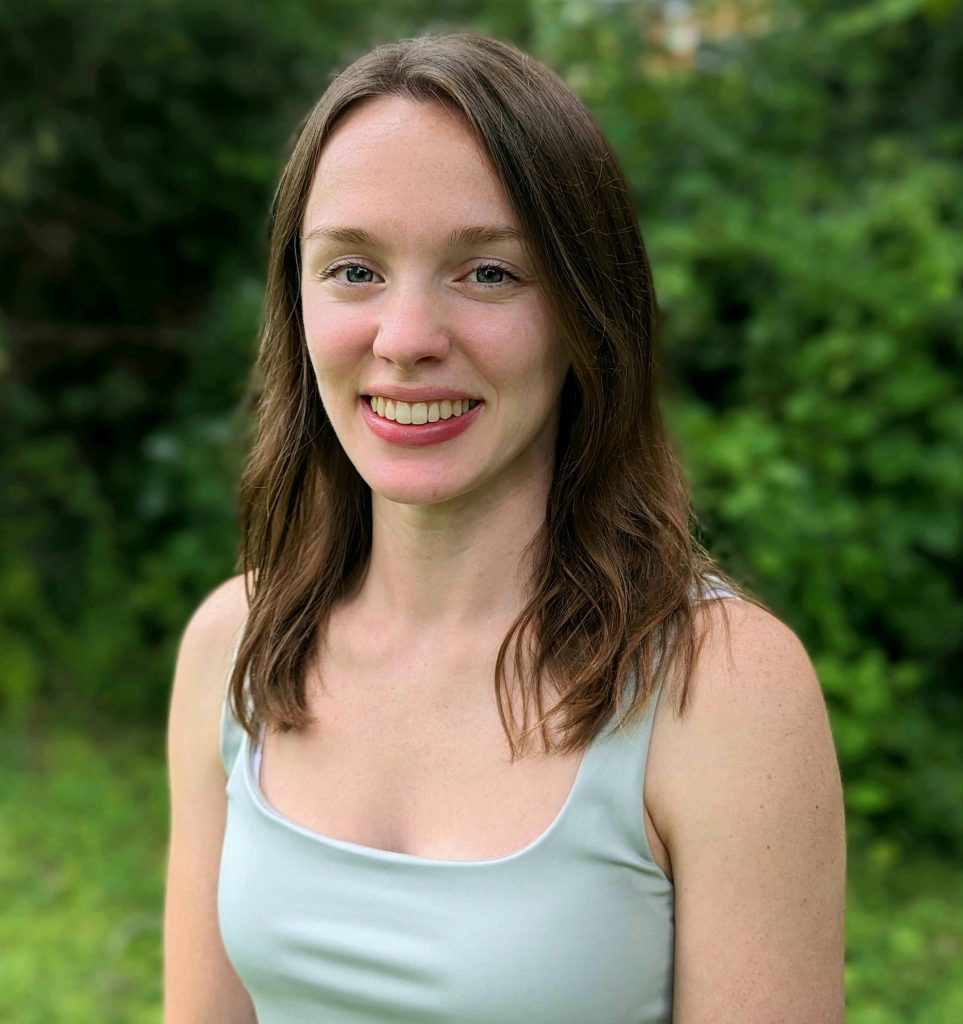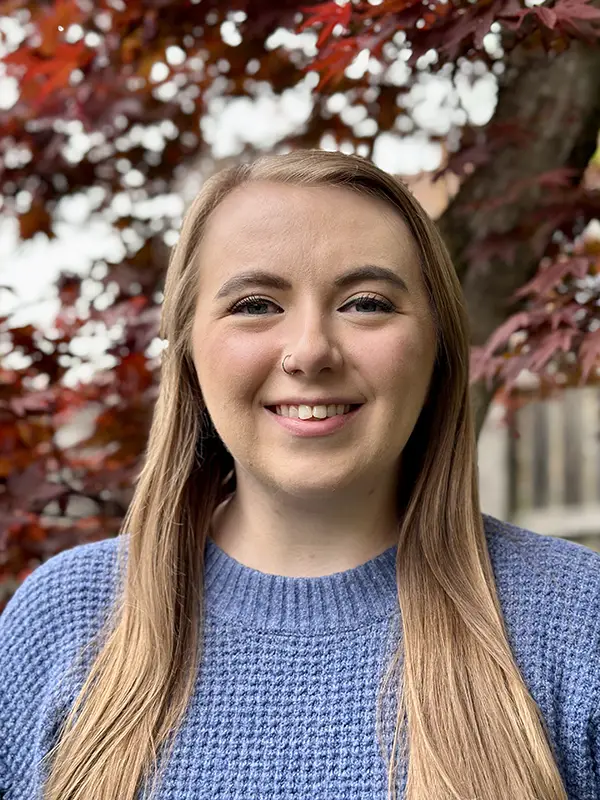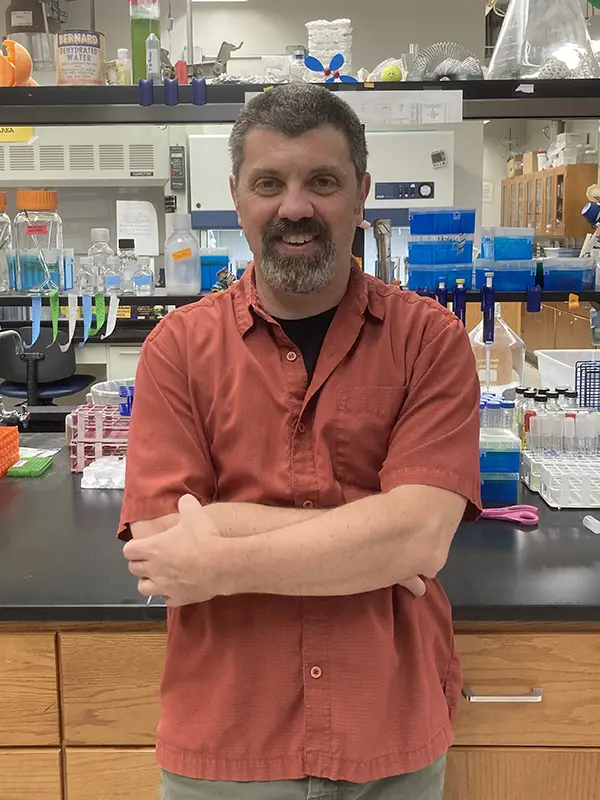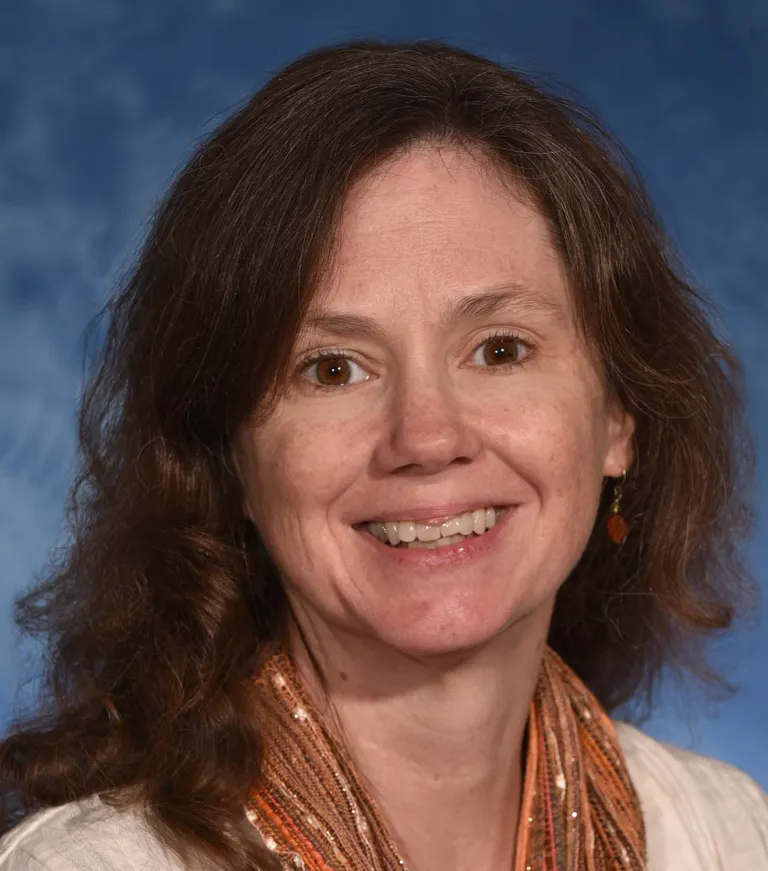Looking closely at microplastics

Looking closely at microplastics
by Hanna Boshnag
Microplastics seems to be a big buzzword these days. It’s easy to roll one’s eyes at another sensational news headline, but these could have truly harmful impacts on the environment. The use of plastic mulching in agriculture could alter the soil microbiome and have adverse effects on the broader ecosystem. Biodegradable mulch is a potential alternative, but it’s uncertain how significant of a difference it makes.
Toyosi Nimat Ajide-Bamigboye, a PhD candidate at the University of Tennessee, Knoxville, is working to characterize this difference.
“Both biodegradable and non-biodegradable mulches generate fragments in the environment, which I study to see how it affects microorganism growth and function,” she said.
To ensure they are not inadvertently releasing microplastics into the environment, the lab collects soil from a field and uses a greenhouse as a controlled environment. After mulch is laid down, Ajide-Bamigboye checks a variety of factors over the course of six months: soil pH, degradation, and electrical conductivity. Once a month, a sample is sent off for sequencing to map changes in the microbiome.
This is a long and tedious process, which Ajide-Bamigboye says she enjoys every second of. She is passionate about every part of the process of doing research because it’s a working step to discovering something new.
Ajide-Bamigboye grew up in Nigeria, where she studied microbiology for both her bachelor’s and master’s degrees. When she decided to pursue her PhD at UT, she brought her husband and two children with her. Despite the difficulties of moving her family, she credits them as the reason she’s able to wholeheartedly work on her research.
“I have a five-year-old daughter and three-year old son,” she said. “My husband is my support system, and when I’m in school, I know I don’t have to worry about them because I know he has it under control.”
After completing her PhD, Ajide-Bamigboye hopes to stay with her family here and work in industry, using her research and skills to contribute creative solutions in the field of agricultural microbiology.




